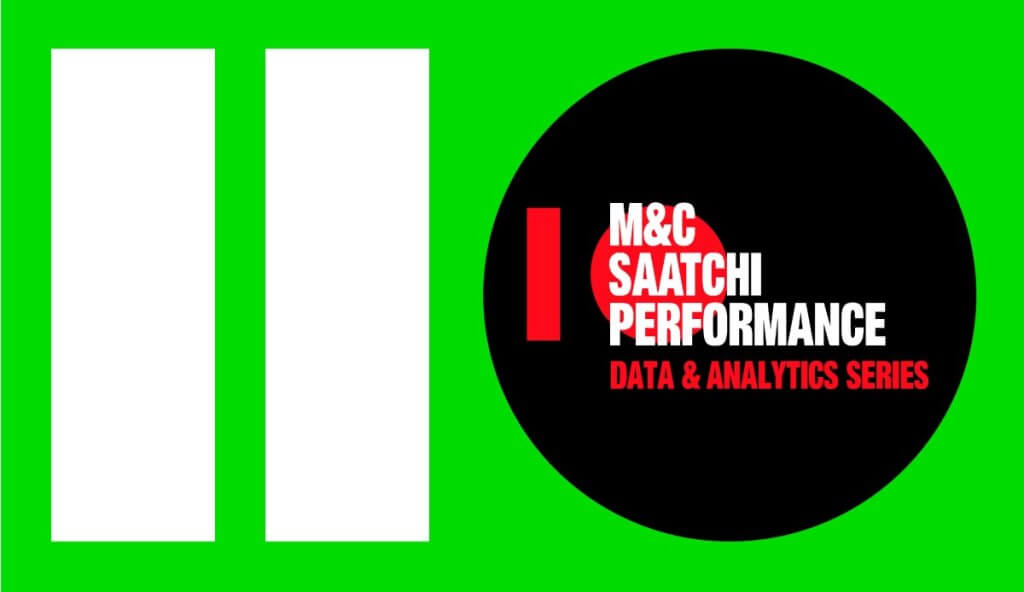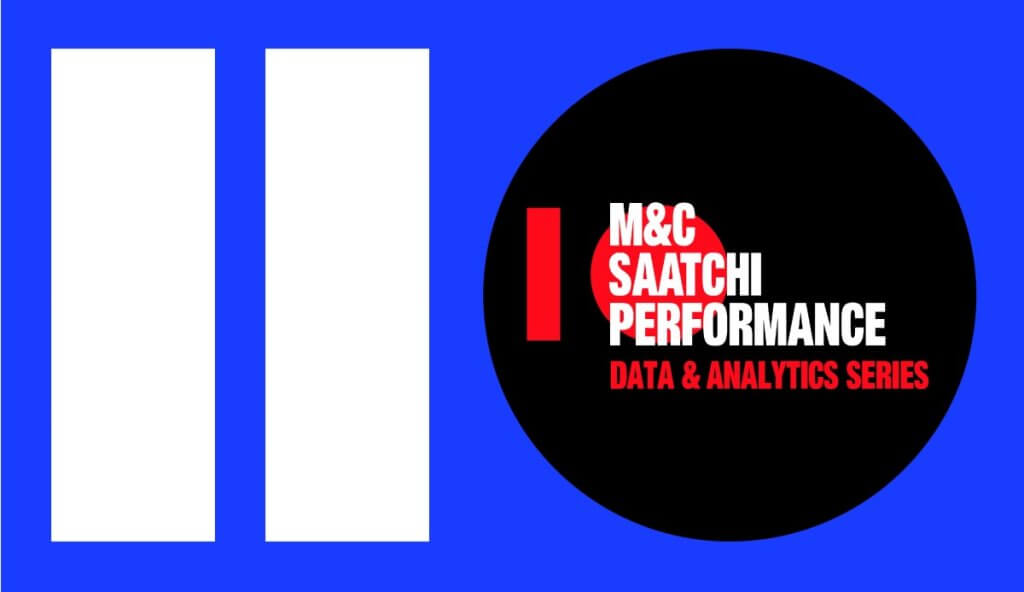
Data has undoubtedly become the new currency, and businesses that leverage data effectively are the ones that thrive.
Amongst the various types of data strategies, first-party data strategy is considered the most valuable. This is because it comes straight from the source, providing businesses with insights into their customers’ behaviours, preferences, and interests.
In this article, we’ll explore what first-party data is, how it can be collected and used, and future trends in data collection.
What Is First-Party Data, And Why Is It Important?
First-party data is information collected directly from a company’s customers or prospects. It includes any and all data collected by a company through its own channels, like website analytics, CRM systems, and Social Media Campaigns.
This type of data is considered the most valuable as it gives businesses direct insights into their customers’ behaviour and preferences. One of the main reasons first-party data strategy is so important is that such data is proprietary, meaning it belongs solely to the company that collected it. This enables businesses to create personalised marketing campaigns and offer better customer experiences.
Additionally, since first-party data is collected directly from customers, it’s more accurate and reliable than third-party data. As a matter of fact, 58% of leading marketers consider first-party data a strategic asset.
Methods for Collecting First-Party Data
As a part of their first-party data strategy, businesses can employ several methods for data collection, including:
- Website Analytics: This involves tracking user behaviour on a company’s website, such as which pages they visit, how long they stay on the site, and what actions they take (e.g., filling out a form).
- CRM Systems: These systems store customer data, including their contact information, purchase history, and interactions with the company.
- Email Marketing Campaigns: By tracking open and click-through rates, businesses can gain insights into the type of content that resonates the most with their audiences.
- Loyalty Programs: These programs provide customers with incentives to make repeat purchases, and in return, businesses can collect data on their customer’s buying habits and preferences.
- Social Media: By monitoring social media channels, businesses can gain insights into customers’ behaviours, preferences, and interests.
Strategies for Cleaning, Organising, and Segmenting First-Party Data
Once businesses have collected first-party data, cleaning, organising, and segmenting it effectively is important. This ensures the data is accurate, relevant, and usable for marketing campaigns.
- Cleaning first-party data includes removing duplicated, outdated, or irrelevant information. This not only improves the accuracy of the data but also reduces the risk of sending irrelevant messages to customers.
- Organising first-party data involves categorising it into specific groups or segments. For example, businesses might create segments based on customers’ demographics, interests, or purchase history. This allows them to create personalised marketing campaigns.
- Businesses can also segment their first-party data based on the customer lifecycle. This involves categorising customers based on where they are in the buying process (e.g., awareness, consideration, and decision). Targeted marketing campaigns can be created using this, which are more likely to convert prospects into customers.
Use Cases: Leveraging First-Party Data Strategy for Personalised Marketing and Improved Customer Experiences
One of the most praise-worthy benefits of a first-party data strategy is that it can create personalised marketing campaigns and improve customer experiences. By leveraging first-party data, businesses can employ the following marketing techniques:
- Personalise marketing messages: Businesses can create specific, relatable marketing messages by using data on customers’ behaviours and interests.
- Provide better customer experiences: Businesses can also customise their products and services to fulfil their customers’ requirements.
- Increase customer loyalty: Businesses can create loyalty programs that offer incentives most relevant to each customer. This could enhance customer loyalty and encourage recurring transactions.
According to a survey conducted by Harris Poll on behalf of Redpoint Global, most consumers, specifically 63%, anticipate receiving personalised service as a norm.
Integrating First-Party Data With Other Data Sources
While first-party data is valuable, it becomes even more powerful when combined with other data sources. Businesses can integrate first-party data with third-party data (e.g., data purchased from external sources) and second-party data (e.g., data shared between businesses).
By combining different data types, businesses can expand their reach by reaching out to more and more customers and prospects. This can also help in delving deeper into understanding customer interests, thereby creating customer profiles with surgical precision, enabling highly effective targeting and personalisation.
Furthermore, businesses can also leverage Data Management Platforms (DMPs). DMPs allow you to centralise and manage all your data sources in one place, enabling you to create effective marketing campaigns and personalised customer experiences.
Preparing for Future Trends in Data Collection
As technology evolves, new trends continue to emerge in data collection. Two of the most notable trends to watch out for are zero-party data and privacy regulations.
Zero-party data pertains to the data customers deliberately and willingly disclose to businesses. This includes data such as survey responses, preference centres, and purchase intentions. As customers become more aware of the value of their data, they may become more willing to share zero-party data with businesses.
According to a survey, 90% marketing firms either currently employ or intend to utilise zero-party data within the coming year.
However, the prominence of privacy regulations like GDPR and CCPA, as well as Google’s Privacy Sandbox and Apple’s ATT, is a cause for worry for businesses. These regulations require businesses to be transparent about collecting and using customer data and provide customers with the right to access, delete, and opt out of the collected data.
This can be dealt with easily by adopting campaign measurement frameworks and utilising cutting edge tech solutions that enable marketers to minimise the impact of Privacy Sandbox and Apple’s ATT updates on their campaign measurement capabilities.
Key Takeaways
First-party data strategy is valuable for businesses that want to create personalised marketing campaigns and improve customer experiences. Additionally, businesses should prepare for future trends in data collection, such as zero-party data, privacy regulations, and important developments like Google’s Privacy Sandbox and Apple’s ATT, by creating transparent data policies and investing in data management technologies.
Ultimately, the value of harnessing first-party data lies in creating more meaningful interactions with customers. By understanding their needs and preferences, businesses can create more relevant and personalised experiences that drive loyalty, repeat business, and revenue growth.
Working With M&C Saatchi Performance
Want to discover how to protect your advertising spend from fraud? Get in touch with us to see how M&C Saatchi Performance can safeguard your campaigns against ad fraud and maximise your ROI. Utilising our data, analytics, and tech services can help businesses unlock the full potential of their first-party data strategy and stay ahead of the competition.

